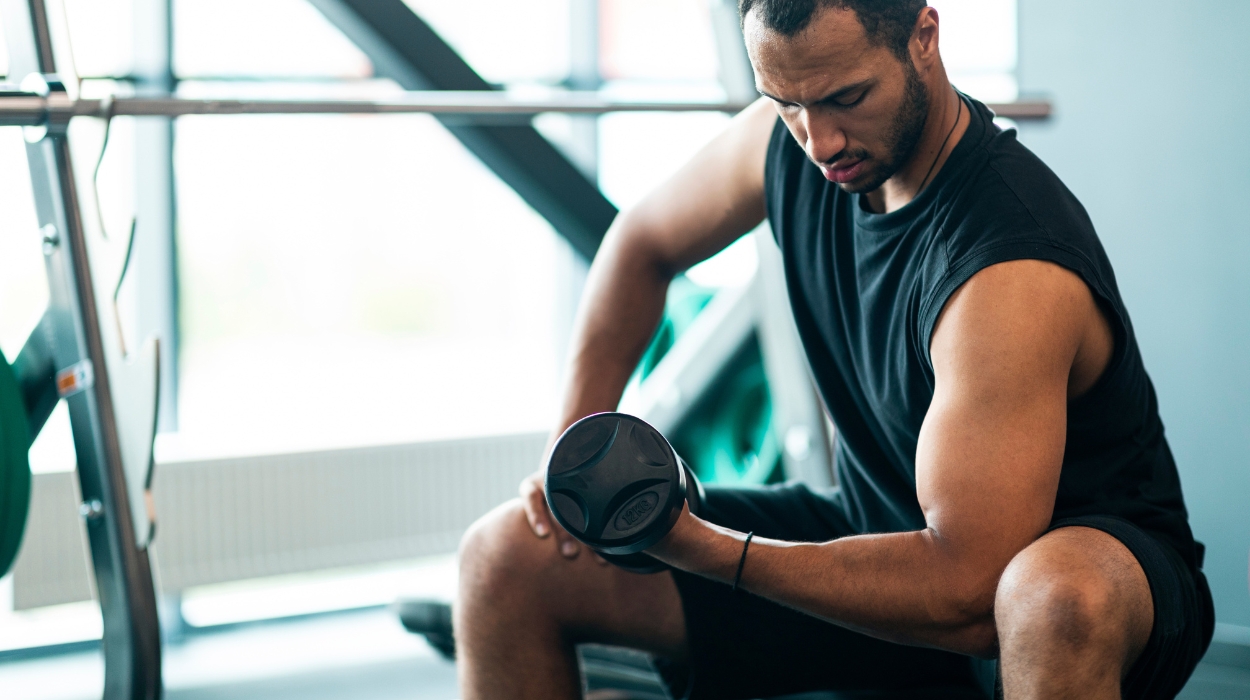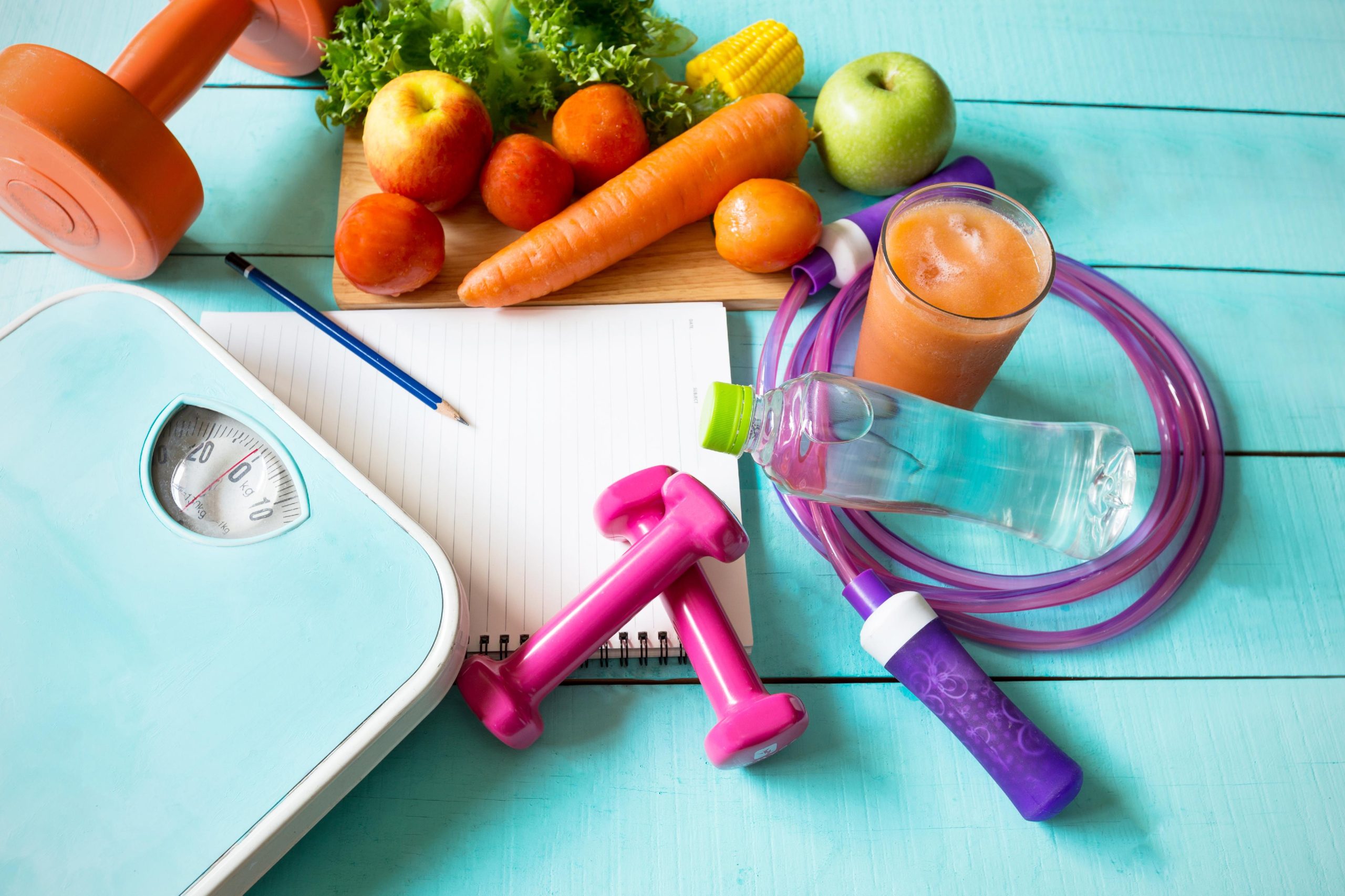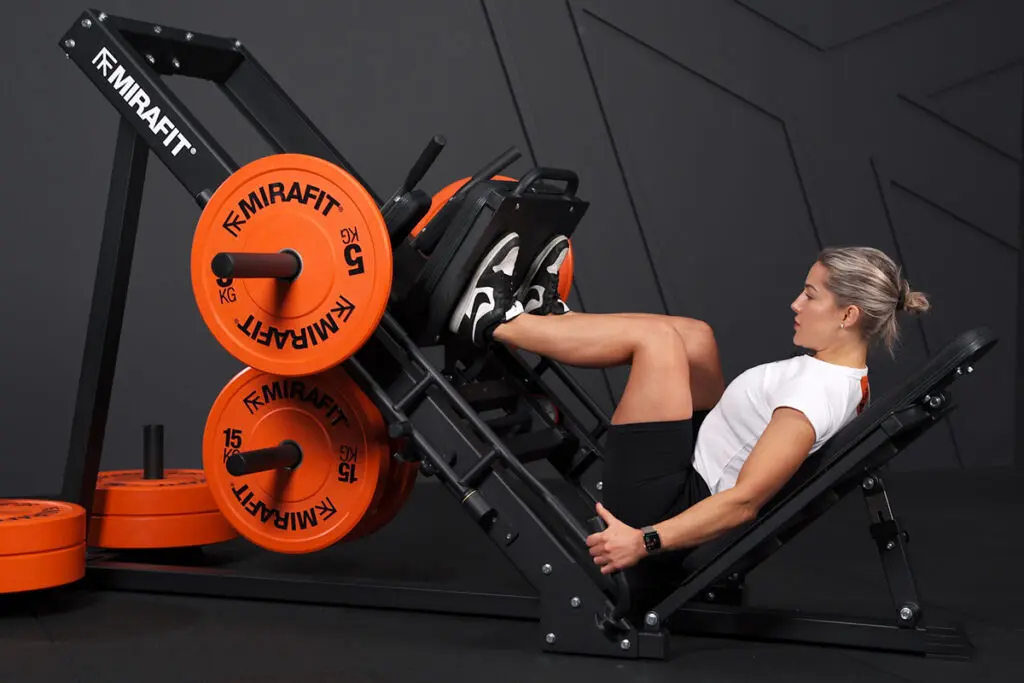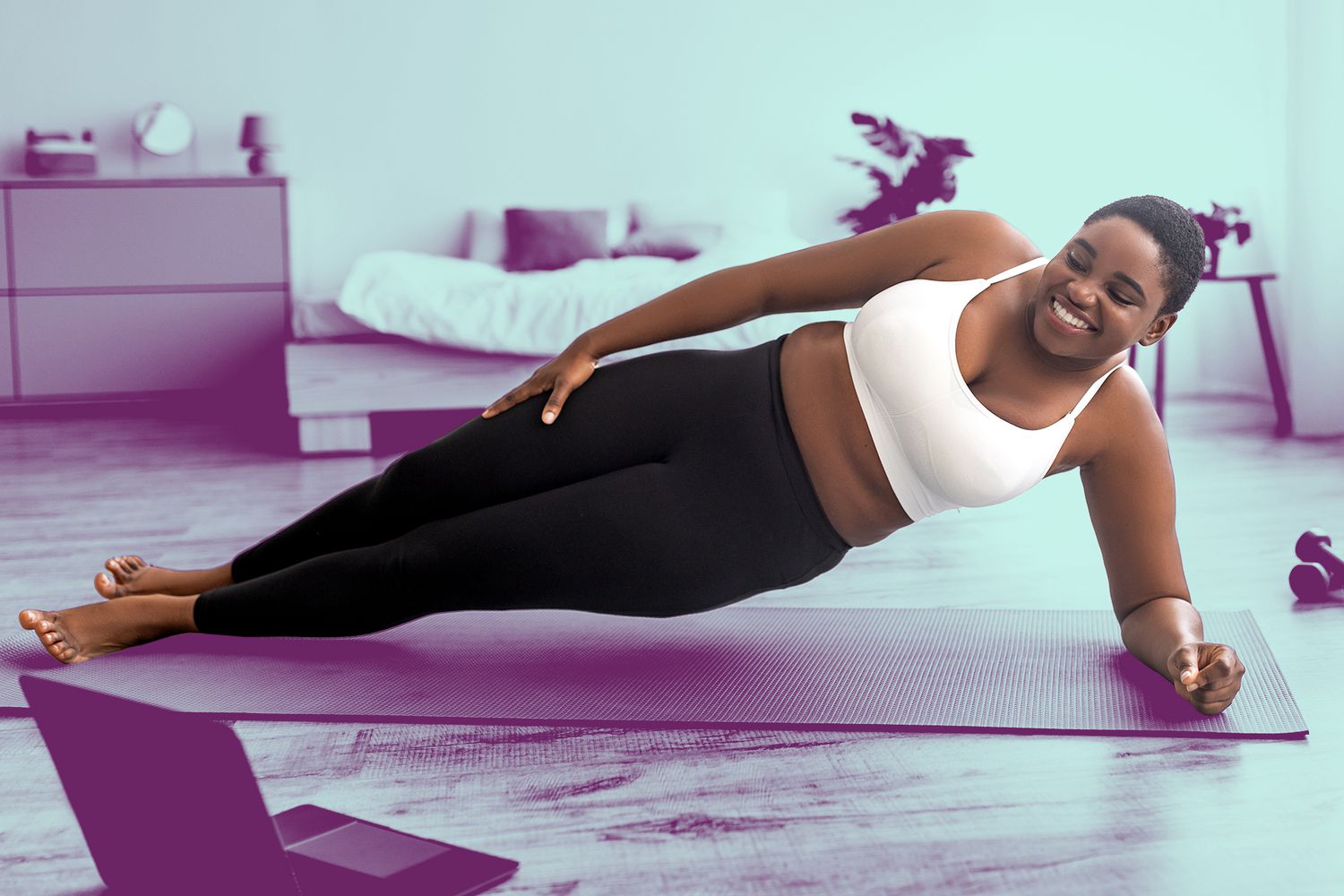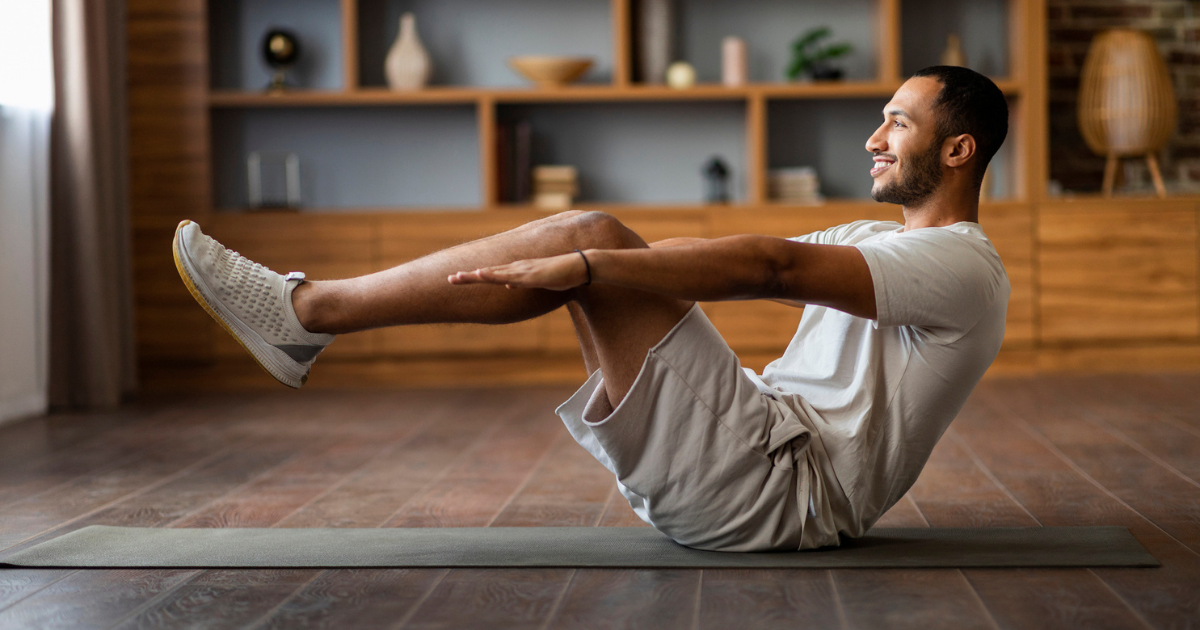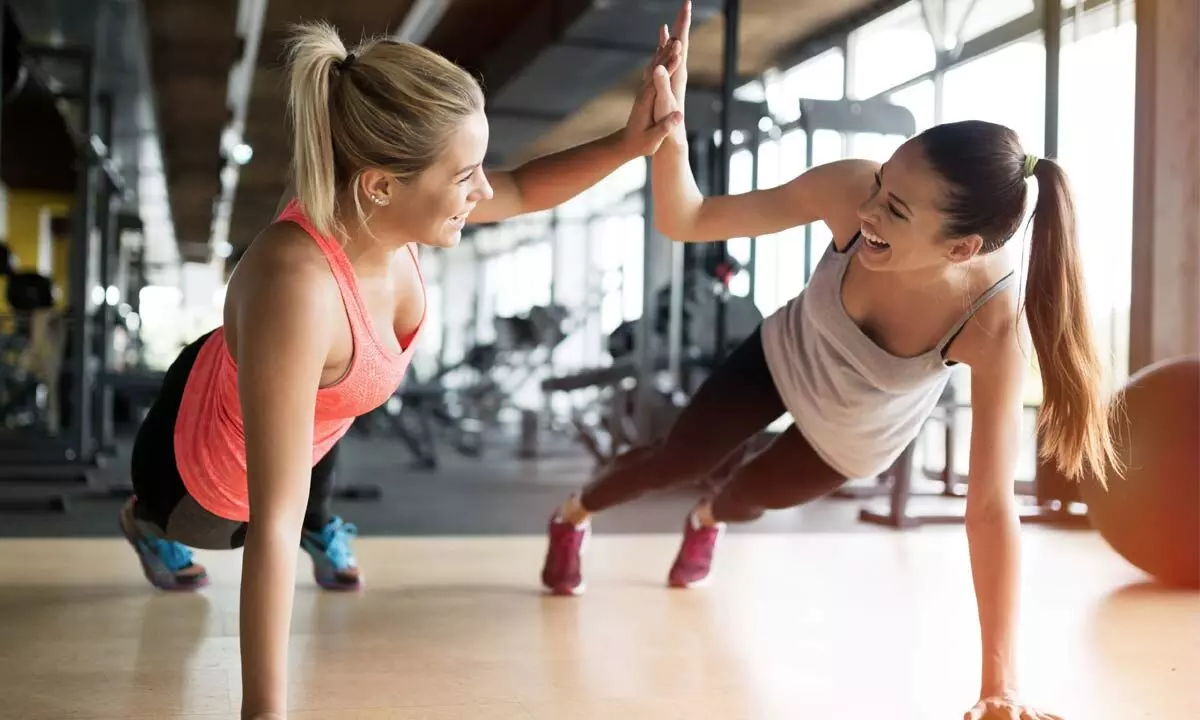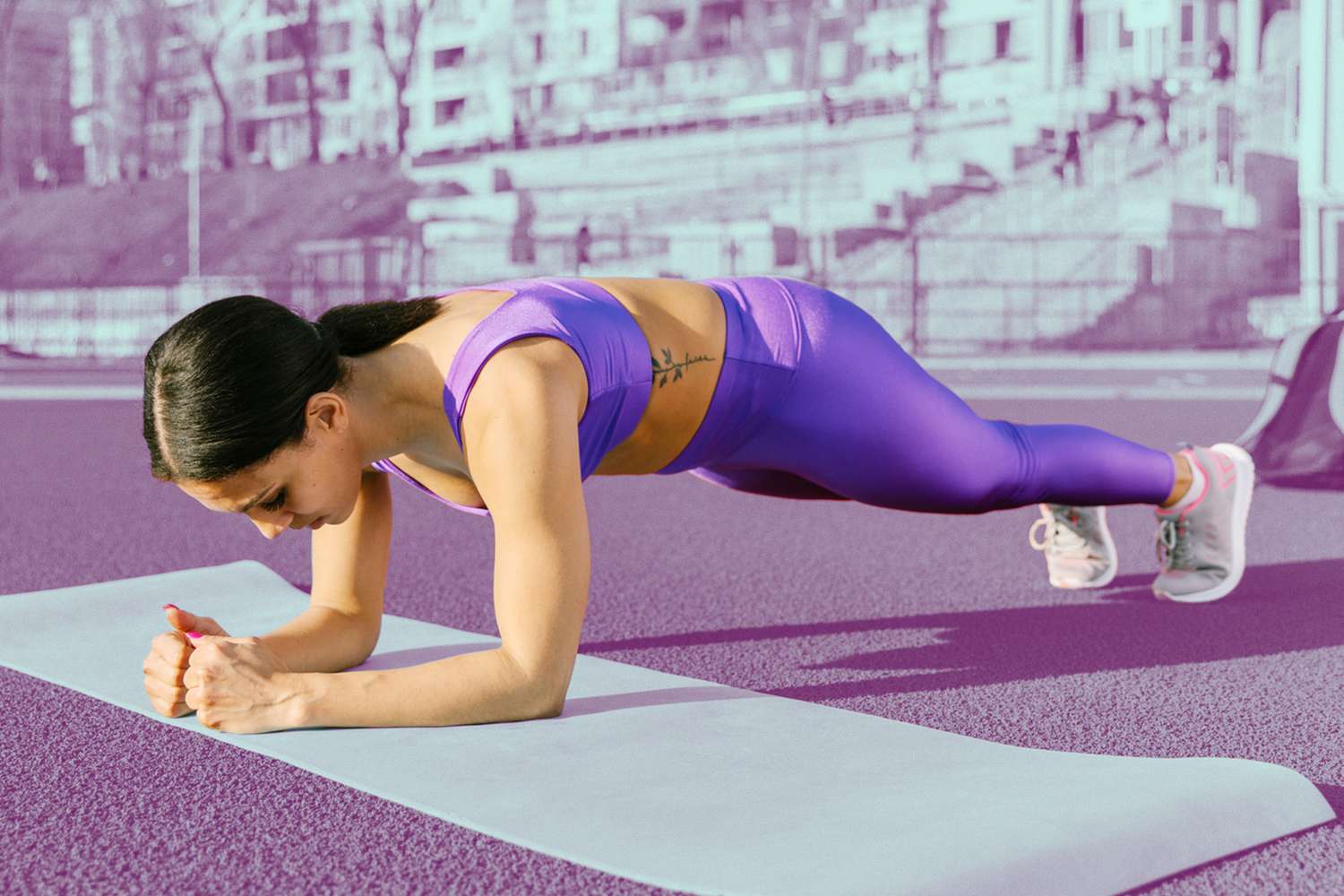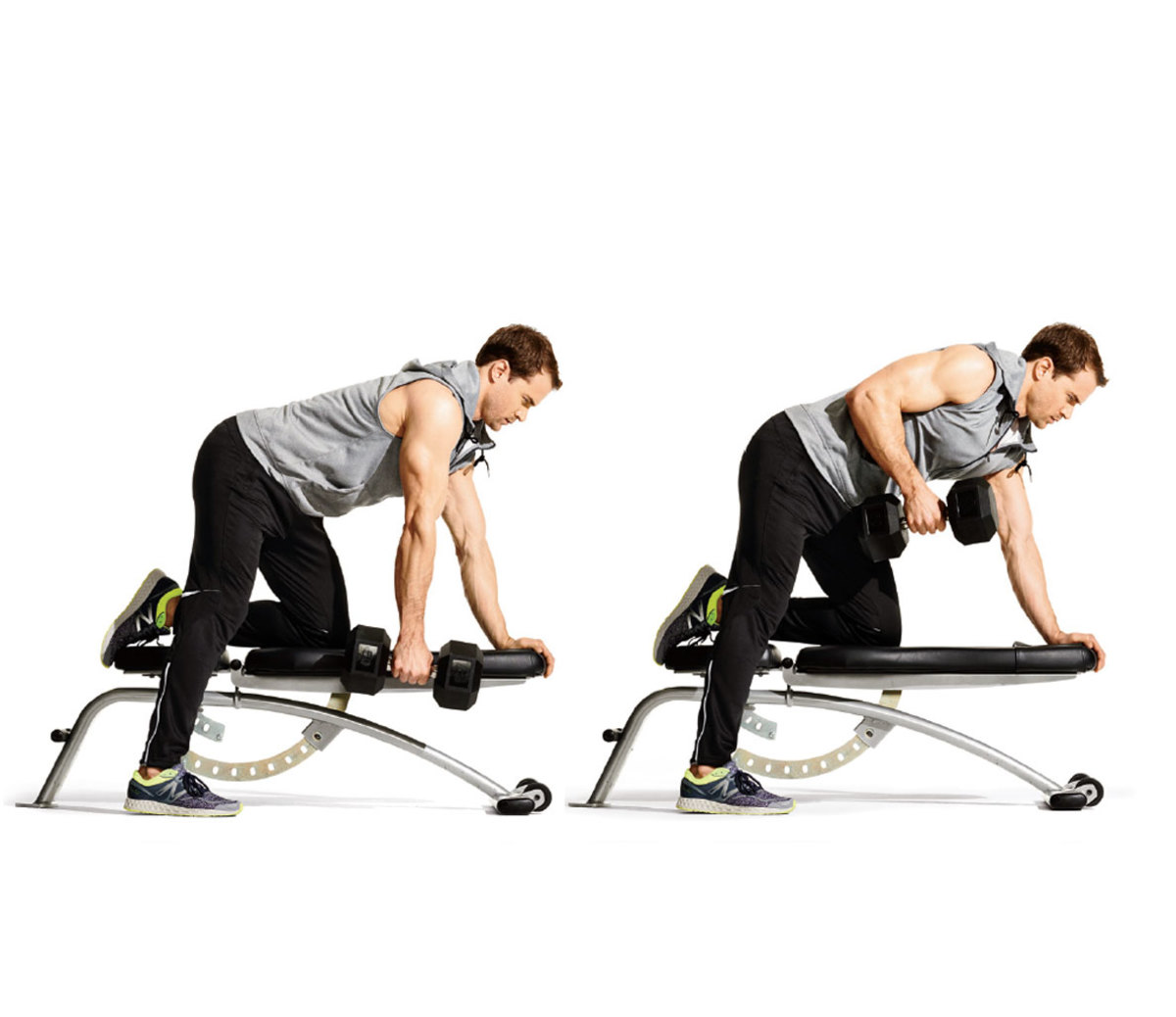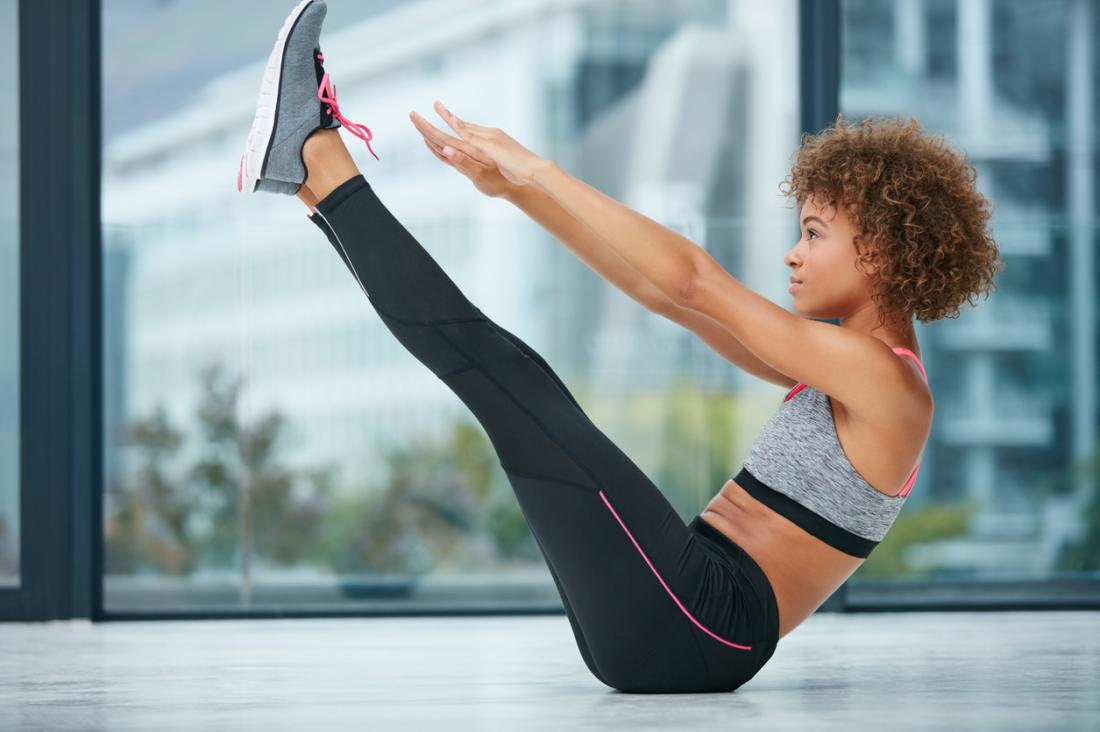If you’re short on time but still want an effective, full-body workout, dumbbells are one of the best tools in your fitness arsenal. They’re versatile, space-friendly, and perfect for building muscle, increasing endurance, and torching calories—even in just 45 minutes.
Whether you’re at home, at the gym, or on the go, this 45-minute dumbbell workout plan is designed to help you get stronger, leaner, and more energized—no machines or fancy equipment needed.
🏋️ Why Dumbbells?
Dumbbells offer a mix of strength, balance, and functional training. Unlike machines, they require you to stabilize the weight, engaging more muscles and improving coordination. Plus, they’re great for unilateral (one-sided) exercises to fix imbalances.
⏱️ Workout Structure: 5 Phases (Total Time: 45 Minutes)
| Phase | Time |
|---|---|
| 1. Warm-Up | 5 minutes |
| 2. Upper Body Strength | 10 minutes |
| 3. Lower Body Strength | 10 minutes |
| 4. Full-Body Circuit | 15 minutes |
| 5. Cooldown/Stretch | 5 minutes |
You’ll need:
- A pair of dumbbells (light, moderate, or heavy based on your fitness level)
- Mat or floor space
- Timer or stopwatch
🔥 Warm-Up (5 Minutes)
Do each move for 30 seconds × 2 rounds:
- Jumping jacks
- Arm circles (forward/backward)
- Bodyweight squats
- Hip openers
- Inchworm to plank
💪 Upper Body Strength (10 Minutes)
Do 3 sets of 10–12 reps for each move. Rest 30–60 seconds between sets.
- Dumbbell Shoulder Press
Targets shoulders and triceps - Bent-Over Rows
Works upper back and biceps - Chest Press (Floor or Bench)
Strengthens chest and arms - Bicep Curls + Overhead Press Combo
Great for arm endurance
🦵 Lower Body Strength (10 Minutes)
3 sets of 12–15 reps each. Use heavier weights if possible.
- Goblet Squats
Hold one dumbbell at chest level - Dumbbell Deadlifts
Targets hamstrings, glutes, and core - Reverse Lunges (each leg)
Builds balance and single-leg strength - Calf Raises with Dumbbells
Strengthens calves and ankles
🔁 Full-Body Dumbbell Circuit (15 Minutes)
Set a timer for 5 exercises, 45 seconds on, 15 seconds off. Complete 3 rounds total.
- Thrusters (Squat + Press)
Full-body power and conditioning - Renegade Rows (Row from plank position)
Core + back + arms - Dumbbell Swings (like kettlebell swing)
Explosive hips and cardio - Sumo Squat + Upright Row
Legs, shoulders, and grip strength - Russian Twists (weighted)
Core and obliques
Rest 60–90 seconds between rounds if needed.
🧘♂️ Cooldown & Stretch (5 Minutes)
Hold each stretch for 20–30 seconds:
- Standing hamstring stretch
- Quad stretch
- Shoulder/arm stretch
- Cat-cow stretch (on all fours)
- Seated twist (spine rotation)
- Deep breathing to lower heart rate
✅ Tips for Success
- Choose weights that challenge you but still allow good form.
- Keep water nearby and stay hydrated.
- Modify reps or rest times based on your fitness level.
- Track your progress—strength increases come fast with consistency.
- Do this workout 2–4 times per week for great results.
💡 Bonus: Add Variety
Once this workout gets easier:
- Increase your weights
- Add a 4th set in strength sections
- Reduce rest time between exercises
- Swap in new dumbbell moves (e.g., split squats, farmer’s carries, clean & press)
🔚 Final Thoughts: One Pair of Dumbbells, Unlimited Potential
A 45-minute dumbbell workout may sound simple—but done right, it’s a powerhouse of strength, endurance, and fat loss. With consistency, smart progression, and attention to form, you’ll build a stronger, leaner body—right from your living room or local gym.
No excuses. Just grab your dumbbells and get moving.
